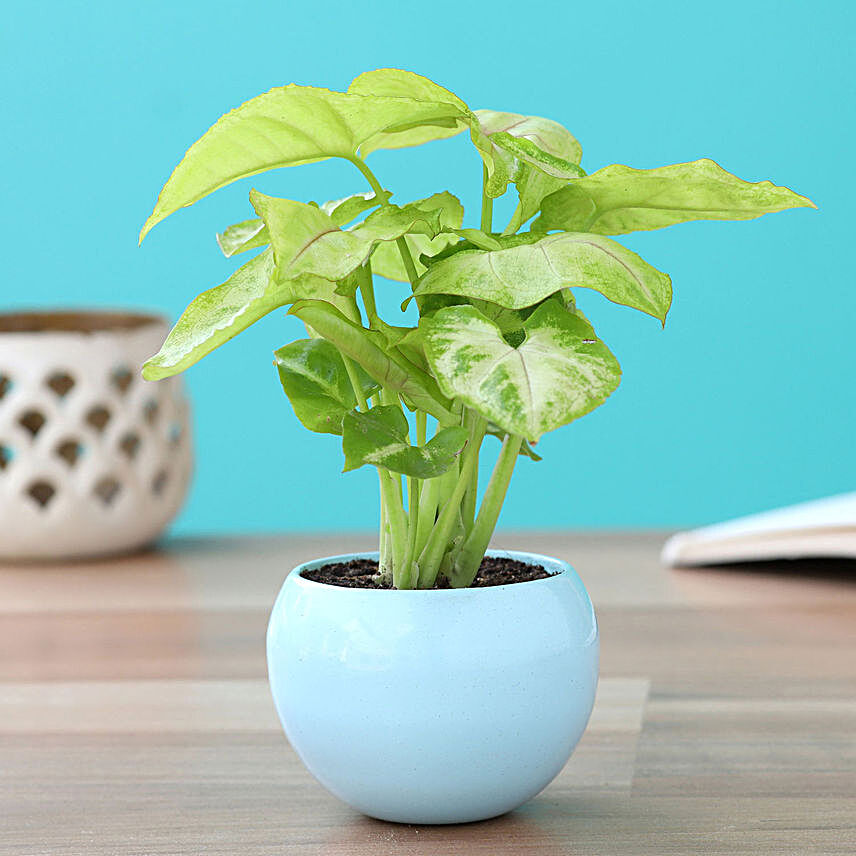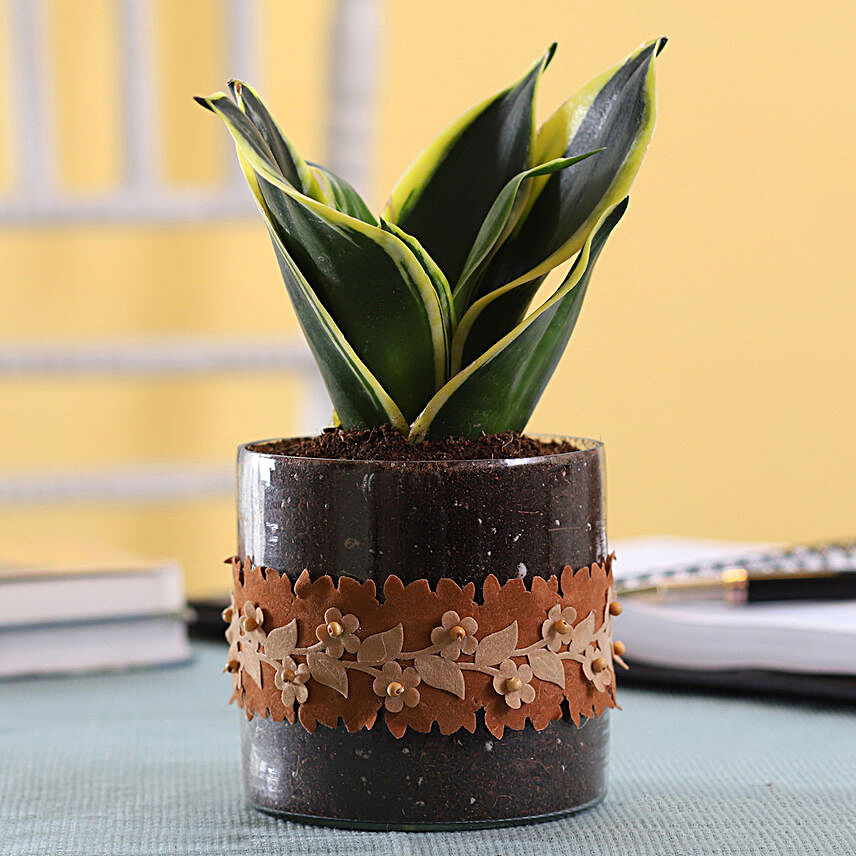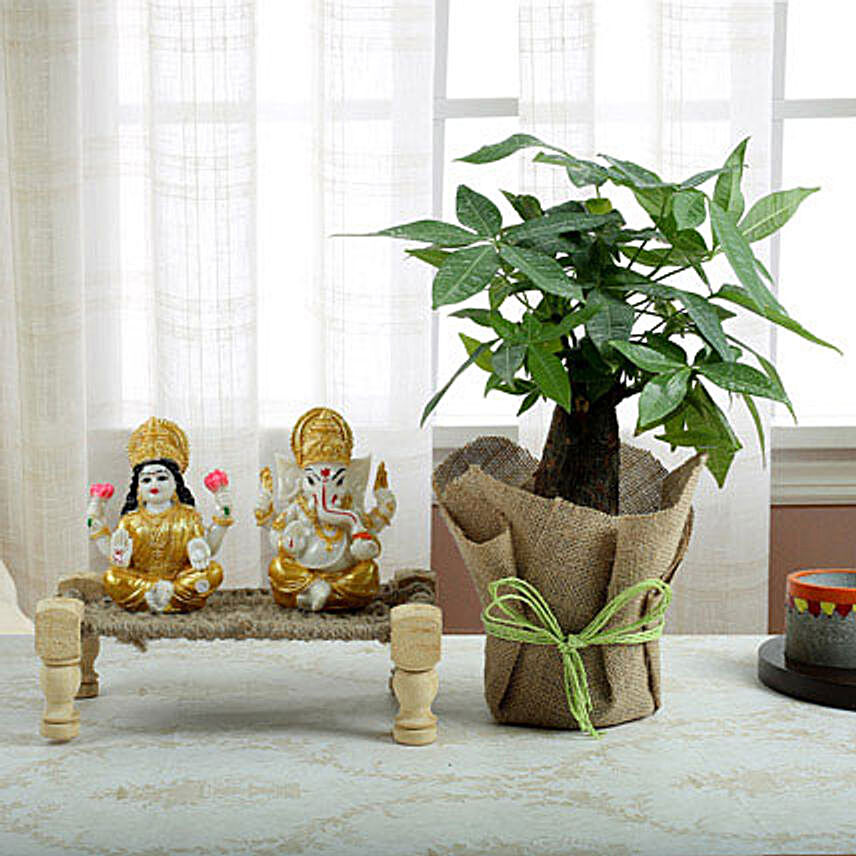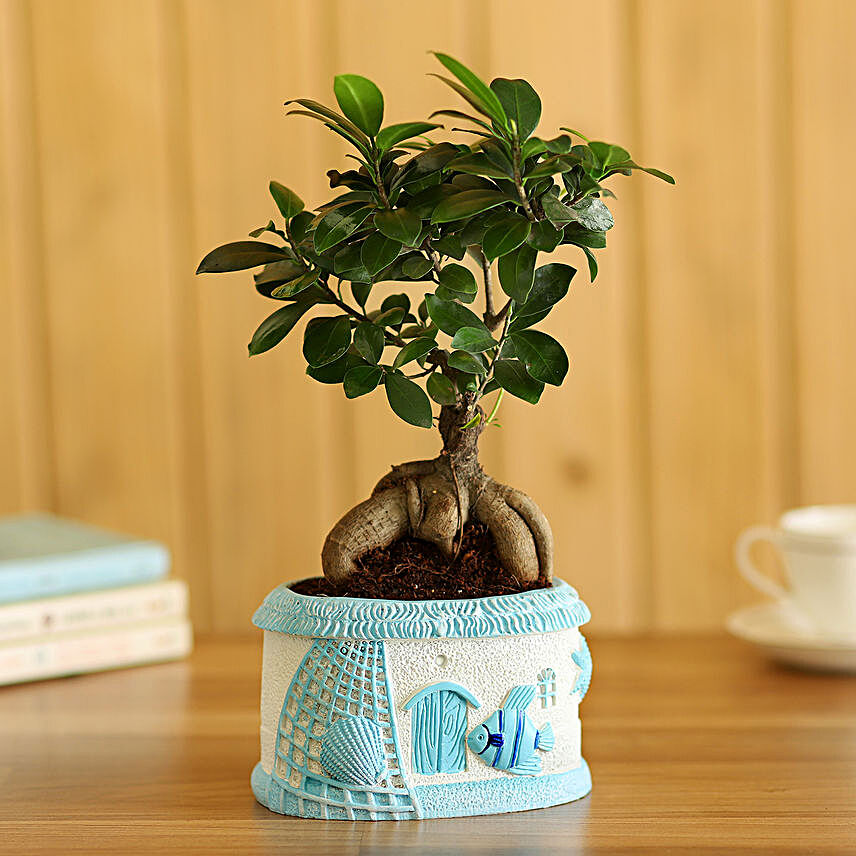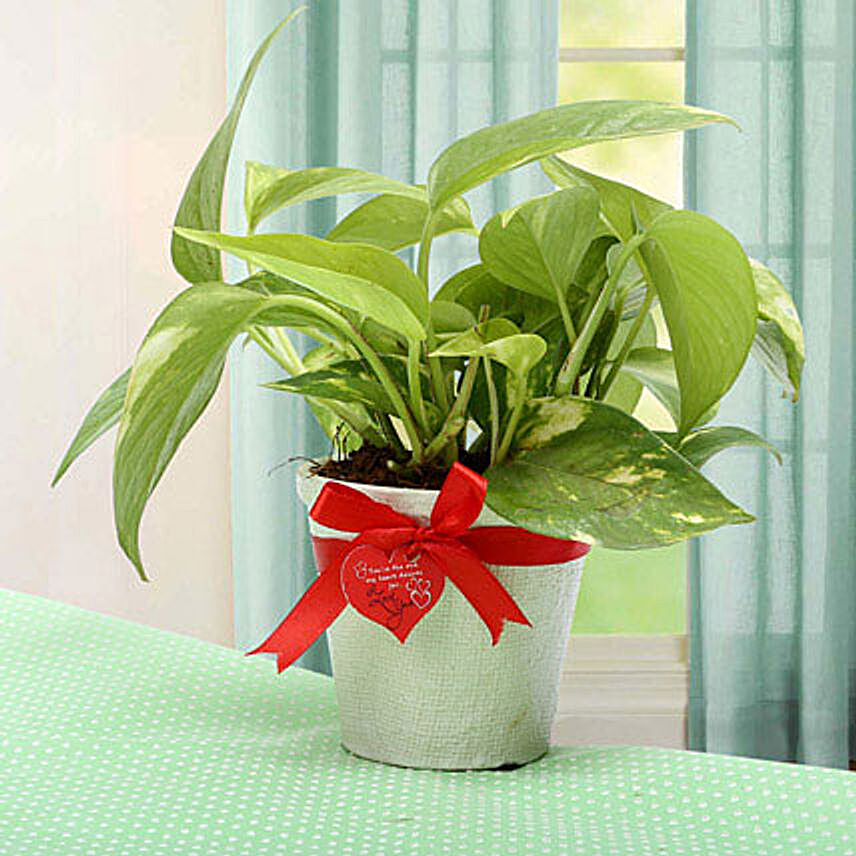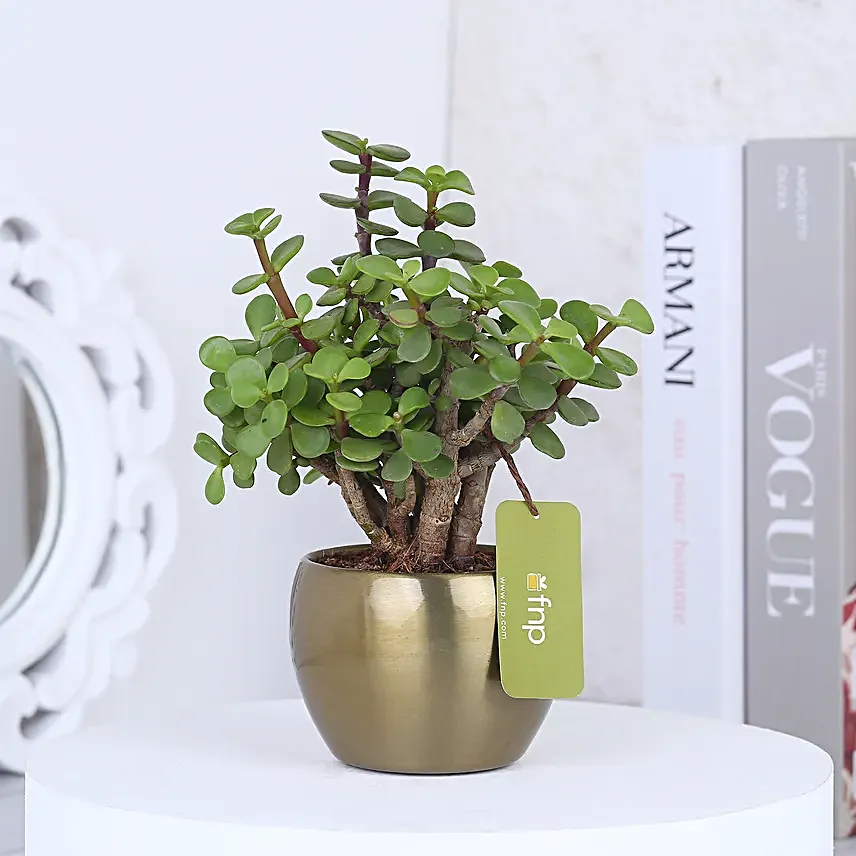Plants that can Lessen the Effects of Dust Allerg
- Author: Kirti Published: 27th Sep, 2022
While newly constructed, smart and energy-efficient homes are helpful for reducing power costs, they are also airtight than older ones. This can increase indoor health issues, especially for those who are allergic to dust. So to deal with it, you can pot specific indoor plants that gather pollen, pollutants and dust on their leaves. Here is the list of plants that you can look for to lessen the effects of your dust allergy:
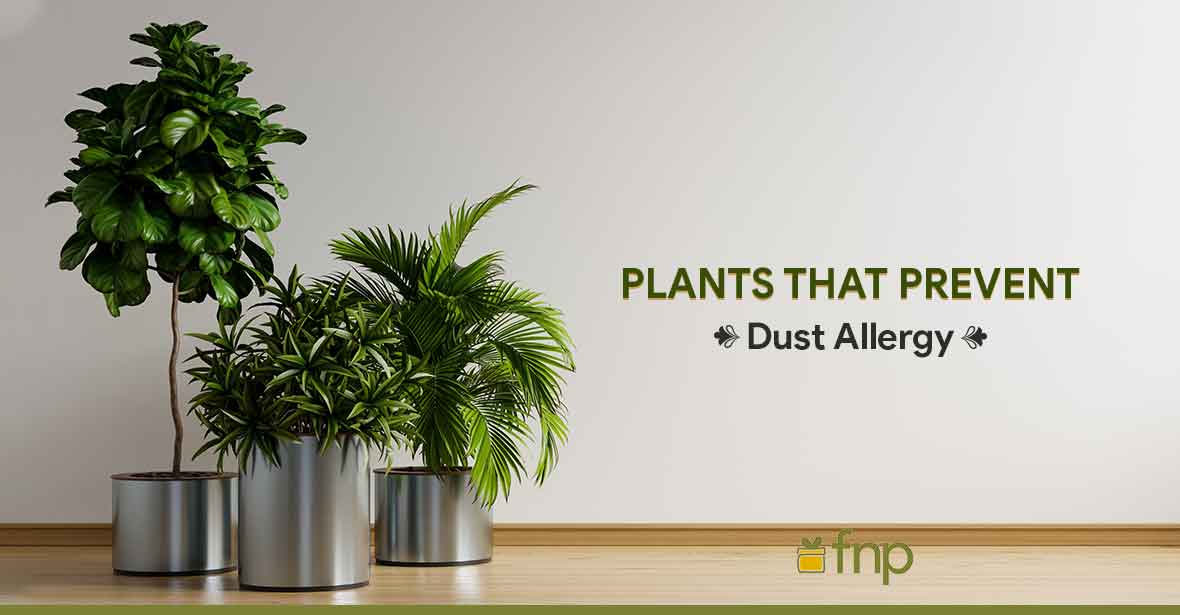
Pygmy Date Palm
According to NASA research, this palm is quite effective in promoting a healing effect and purifying indoor air. The Pygmy Date Palm is a fantastic dust and pollution collector. The capacity to purify fluctuates with the intensity of light. The more the sunlight, the more potent the plant will be!
Rubber Plant
According to NASA’s Clean Air Study, the Rubber plant is one of the most effective houseplants that removes pollutants from the air. The foliage of rubber plants is good in capturing indoor dust and particulate matter because the leaves are relatively big and have a waxy, glossy surface.
Ivy Plant
All ivy species are effective in removing dust. For example, English ivy, the most common plant for air purification, not only looks nice but also gets rid of VOCs like toluene, octane, benzene, and trichloroethylene. To enhance the air you breathe, grow ivy in a hanging planter.
ZZ Plant
This low-maintenance indoor plant with dark green leaves purifies the air in a room by absorbing dangerous pollutants from the environment. It also requires very little maintenance and looks fantastic in little pots. The tiny waxy and glossy leaves of the plant are highly good at trapping airborne dust and particle debris.
Dumb Cane
Dumb canes have beautiful foliage that helps to absorb volatile organic compounds (VOCs) including acetone, benzene, formaldehyde and toluene within the house. Hence, growing dumb cane is also a fantastic choice if you want to capture dust within your indoor settings.
Peace Lilles
Through its gleaming leaves, the Peace lilies are pretty efficient in taking in mould spores and other air pollutants. Additionally, these plants are effective at absorbing hazardous acetone, making your surroundings healthier than before.
Pothos
In addition to being excellent at capturing dust, pothos is one of the most effective plants for removing hazardous VOCs and pollutants from indoor air. According to NASA research, this facility removes air contaminants and pollutants from your environment like magic.
